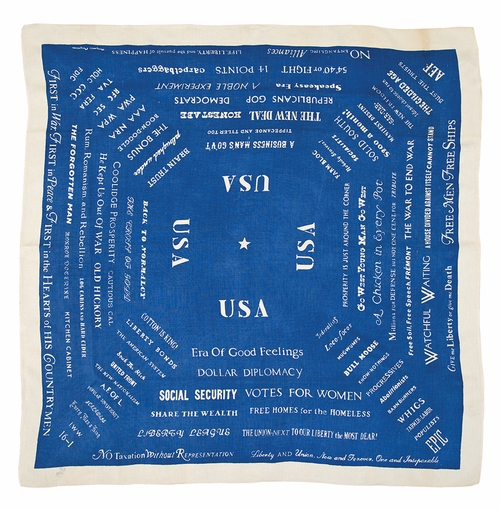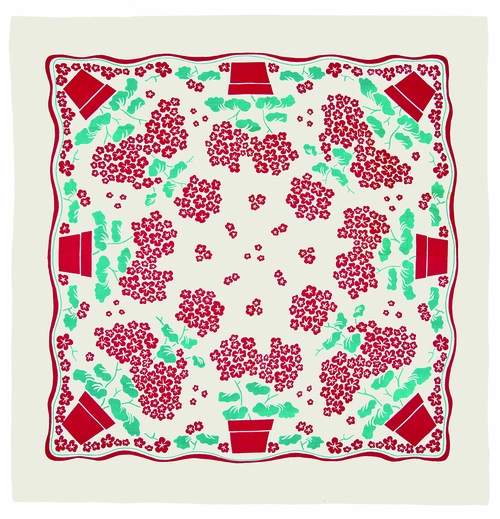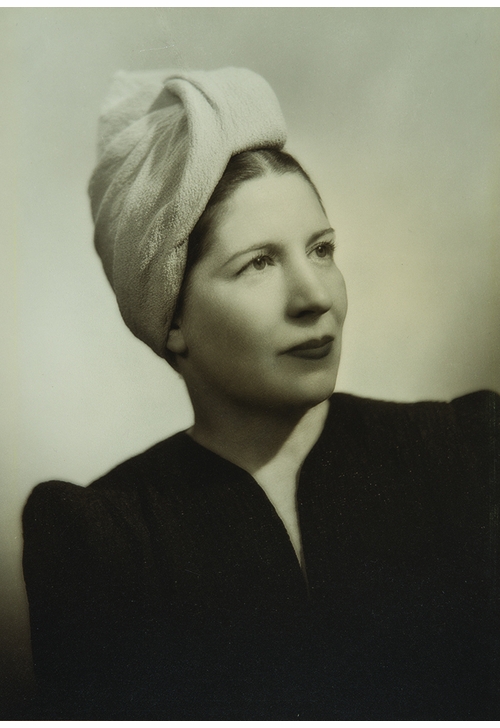| |||||||||||||||||||||||||
ARTBOOK BLOGEventsStore NewsMuseum Stores of the MonthNew Title ReleasesStaff PicksImage GalleryBooks in the MediaExcerpts & EssaysArtbook InterviewsEx LibrisAt First SightThe Artbook | D.A.P. 2025 Gift GuidesArtbook Featured Image ArchiveArtbook D.A.P. Events ArchiveDATE 12/11/2025 192 Books presents Raymond Foye and Peter Gizzi on The Song Cave's new edition of John Wiener’s 'Behind the State Capitol: Or Cincinnati Pike'DATE 12/8/2025 Pure winter glamour in ‘It’s Snowing!’DATE 12/3/2025 Flamboyant poses and melodramatic airs in 'Cecil Beaton's Fashionable World'DATE 11/30/2025 Artbook at Hauser & Wirth Los Angeles Bookstore presents Kelli Anderson and Claire L. Evans launching 'Alphabet in Motion'DATE 11/27/2025 Indigenous presence in 'Wendy Red Star: Her Dreams Are True'DATE 11/24/2025 Holiday Gift Guide 2025: Artful Crowd-PleasersDATE 11/22/2025 From 'Bottle Rocket' to 'The Phoenician Scheme' — the archives of Wes AndersonDATE 11/20/2025 The testimonial art of Reverend Joyce McDonaldDATE 11/18/2025 A profound document of art, love and friendship in ‘Paul Thek and Peter Hujar: Stay away from nothing’DATE 11/17/2025 The Strand presents Kelli Anderson + Giorgia Lupi launching 'Alphabet in Motion'DATE 11/15/2025 Holiday Gift Guide 2025: Stuff that StockingDATE 11/15/2025 Artbook at MoMA PS1 presents Cory Arcangel, Eivind Røssaak and Alexander R. Galloway launching 'The Cory Arcangel Hack'DATE 11/14/2025 Columbia GSAPP presents 'The Library is Open 23: Archigram Facsimile' with Beatriz Colomina Thomas Evans, Amelyn Ng, David Grahame Shane, Bernard Tschumi & Bart-Jan Polman | EVENTSMADDIE GILMORE | DATE 3/24/2017Maddie Gilmore on the Textiles of Marguerita MergentimeMarguerita Mergentime has largely been forgotten in the history of American design, but she is the subject of West Madison Press's sprightly new book Marguerita Mergentime: American Textiles, Modern Ideas. Born into a wealthy German-Jewish family in New York City in 1894, she embarked upon an "unorthodox" education in design, beginning with the progressive, hands-on approach of the Ethical Culture School in Manhattan, and culminating in evening art classes and self-directed independent study at the Metropolitan Museum of Art. Mergentime and her vibrant, uninhibited printed kitchen linens emerged on the New York design scene in the post-war 1930s—a time when manufacturers and industrial art institutions alike were beginning to shape a uniquely American style, coaxing "Americana" into the design sensibility of modern homes. Marguerita Mergentime: American Textiles, Modern IdeasWest Madison Press LLC |



